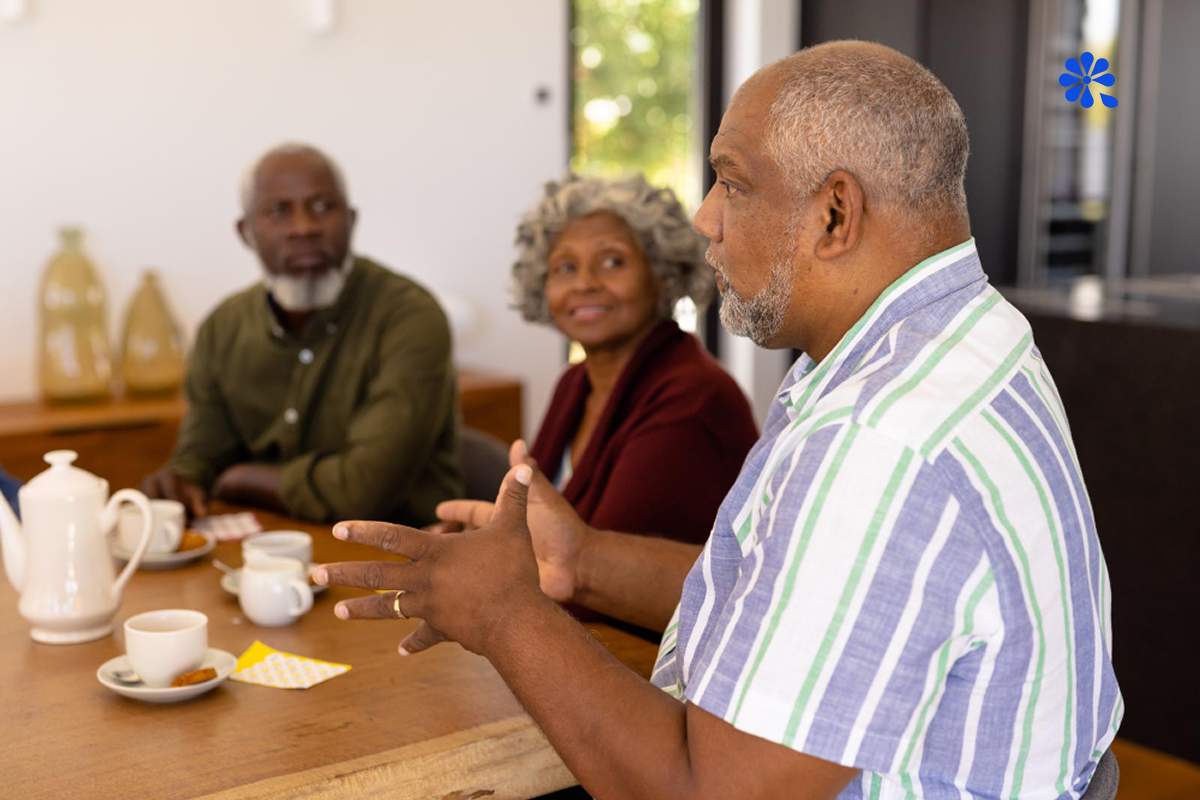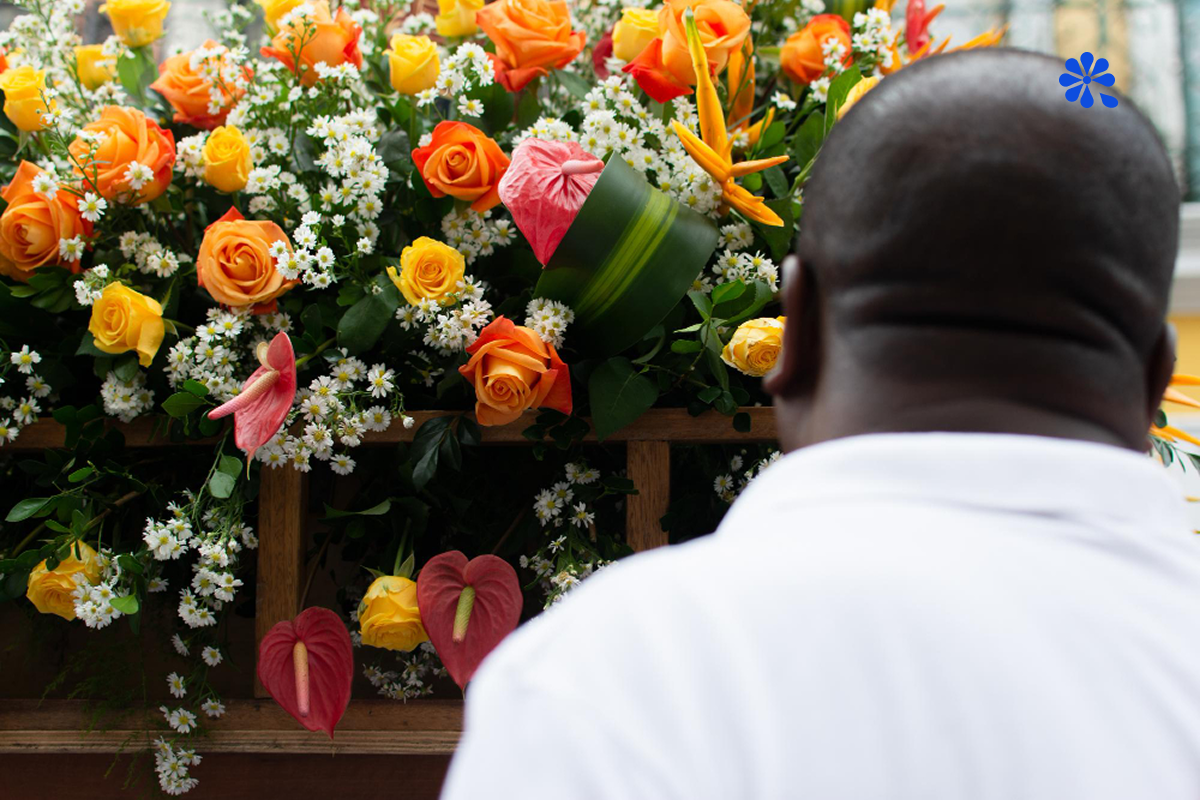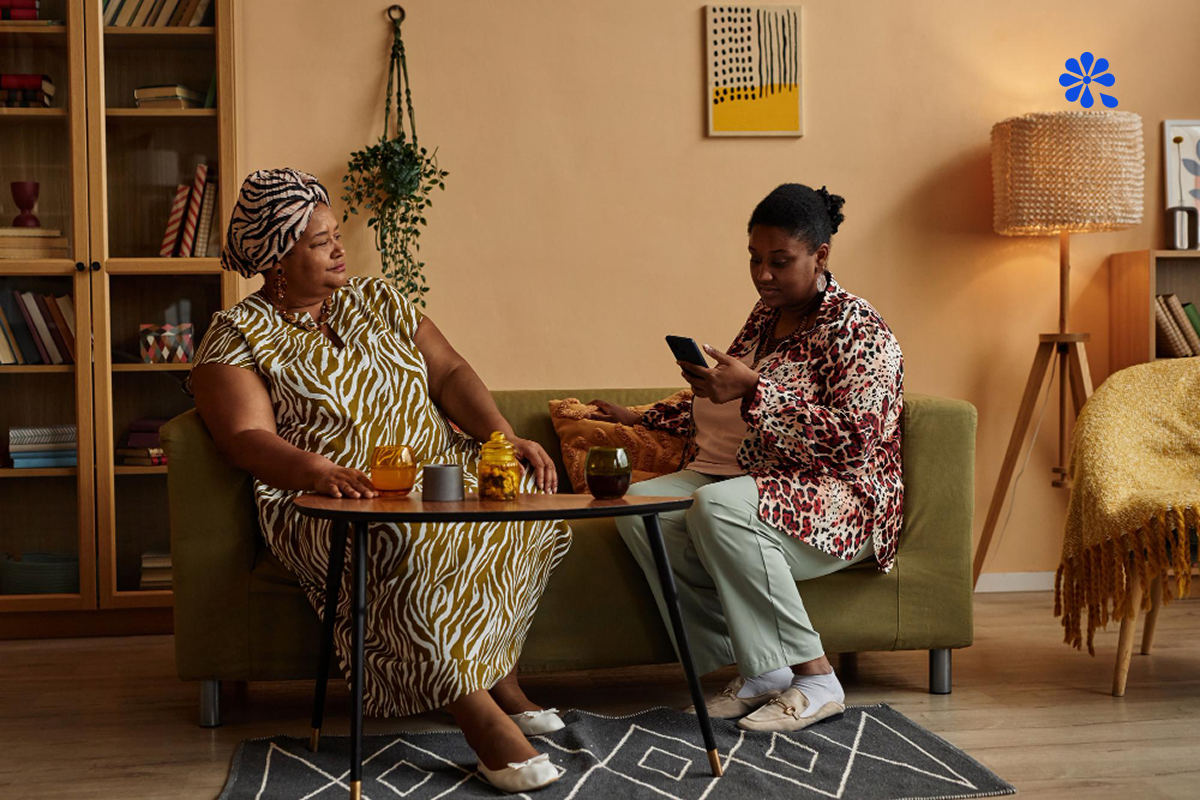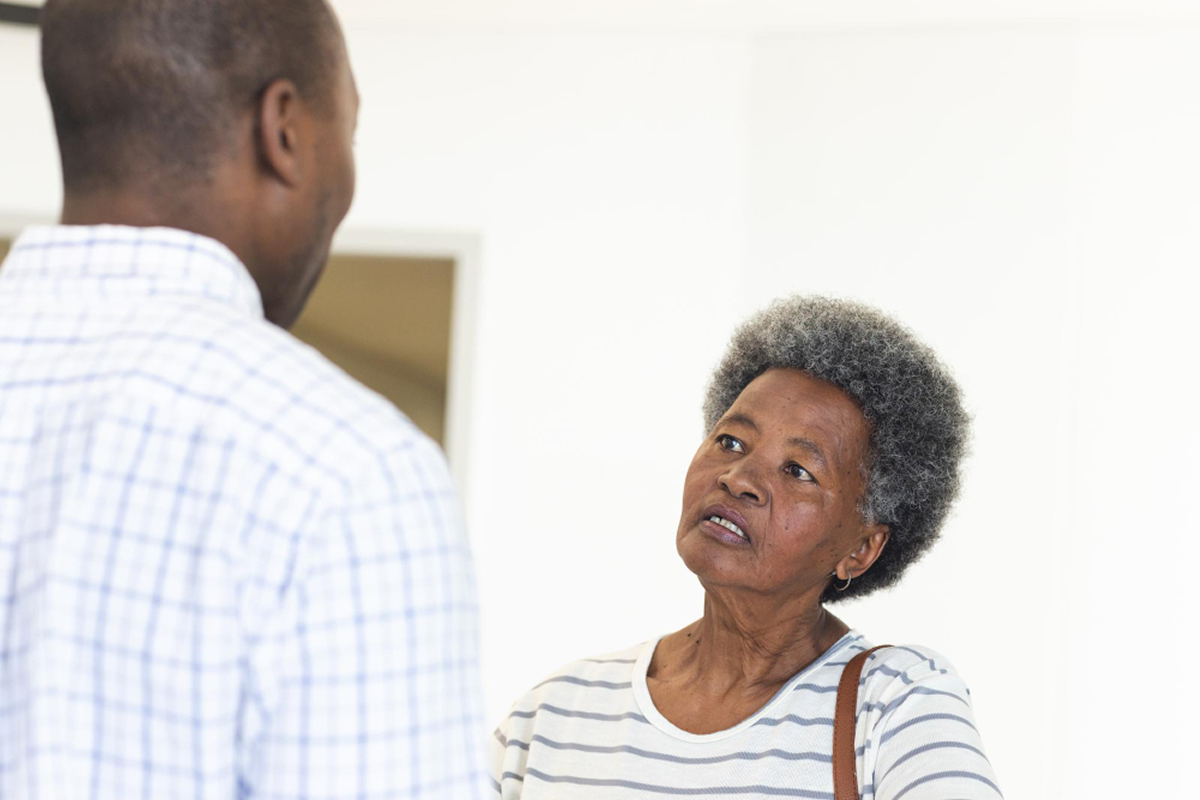Grief doesn’t end with a funeral.
For many families, the real journey begins in the weeks and months after, when people are searching for ways to hold on to memories.
Traditionally, this has been through photo albums, framed portraits, or annual memorial gatherings.
But today, more families are embracing online memorials — spaces where memories live on digitally, accessible anytime and anywhere.
At a Glance 🕊️
- ·
Online memorials extend remembrance beyond the funeral.
- ·
They provide a shared, accessible space for family and friends.
- ·
Digital keepsakes can evolve over time, capturing stories and milestones.
- ·
They help bridge distance, connecting loved ones across the globe.
The Shift Toward Digital Remembrance
In Kenya, remembrance has often meant physical markers — a grave site visit, a church service, or family gatherings. These moments remain powerful, but they also have limits: they happen at specific times, in specific places.
Online memorials, by contrast, are living spaces. They allow memories to continue being shared long after the funeral. Families can upload photos, write tributes, and even light digital candles — ensuring that the person’s life is celebrated not just on anniversaries, but every day.
This shift reflects a broader truth: grief doesn’t follow a calendar. People want ways to remember when the feeling strikes, and technology now makes that possible.
5 Reasons Families Are Embracing Online Memorials
1. They Keep Memories Alive Every Day
Unlike a single event, online memorials are ongoing. Family members can keep adding tributes, stories, and images, building a rich picture of their loved one’s life.
- ·
Ongoing contributions: Friends and relatives can return anytime to add stories, photos, or reflections, making the memorial a living archive.
- ·
Inclusive storytelling: Different voices and perspectives capture the many sides of a loved one’s life.
- ·
Accessible memories: No matter where people are in the world, they can revisit and relive these shared stories instantly.
💡 Memories don’t have to fade — they can evolve and grow as people continue to share.
2. They Bring People Together Across Distance
In today’s world, families are often scattered across cities, counties, or even continents. Online memorials provide a meeting point that isn’t tied to geography.
- ·
Shared space: Loved ones can post tributes, photos, and comments in one central place, no matter where they live.
- ·
Inclusive participation: Even those who can’t attend in-person ceremonies can still take part in remembering.
- ·
Real-time connection: People can engage instantly, sharing condolences or memories as events unfold.
💡 Distance shouldn’t limit remembrance. A shared digital space ensures everyone feels included.
3. They Create a Central Place for Stories
One challenge with physical memorials is that memories remain scattered — a story shared over tea, an old photo in a drawer. Online memorials bring these fragments together, creating a single archive that can be revisited for years to come.
- ·
One home for memories: Photos, letters, videos, and anecdotes are all kept together instead of scattered.
- ·
Easy access: Anyone can return to the memorial at any time, keeping the stories alive and accessible.
- ·
Growing legacy: New memories can be added over time, so the collection evolves with each contribution.
💡 When stories gather in one place, they become a legacy — not just memories.
4. They Allow for Personal Expression
Digital memorials can be deeply personal. Some families create timelines, others share music or poems, while others prefer simple photo albums. Each space reflects the personality of the person being remembered.
- ·
Custom formats: From songs and poems to videos and letters, families can choose what best captures their loved one.
- ·
Reflecting personality: A playful person’s page might feel joyful, while another’s could be serene and reflective.
- ·
No “one way” rule: Every memorial is unique, honoring the individuality of the person remembered.
💡 Remembrance doesn’t have to look the same for every family — it should mirror the life lived.
5. They Complement, Not Replace, Traditions
Online memorials don’t erase traditional practices like annual gatherings or church services. Instead, they enhance them, offering a way to keep the conversation alive between those moments.
- ·
Extending rituals: Families can post updates around anniversaries, holidays, or special dates to keep traditions alive digitally.
- ·
Strengthening gatherings: A memorial page can collect stories before a family meet-up, enriching the in-person event.
- ·
Blending old and new: The comfort of rituals combines with the accessibility of online sharing.
💡 Tradition and technology can work together — one grounds us, the other extends us.
Withpema Insight 🌼
At Withpema, we believe remembrance should be both meaningful and accessible. Our platform allows families to create online memorials that serve as digital homes for memories, where loved ones can return anytime to share, reflect, and celebrate. It’s not just about keeping the past alive — it’s about building a future where those we’ve lost remain part of our ongoing story.
Parting Thought
The way we remember is changing, but the heart behind it remains the same: love, memory, and connection. Online memorials don’t replace the ways our parents and grandparents honored their loved ones — they add to them, ensuring that memories are never out of reach.
💜 Because remembrance isn’t a moment — it’s a journey.



















